Home>Health & Lifestyle>Air Quality & Filtration>What Is Fabric Freshener
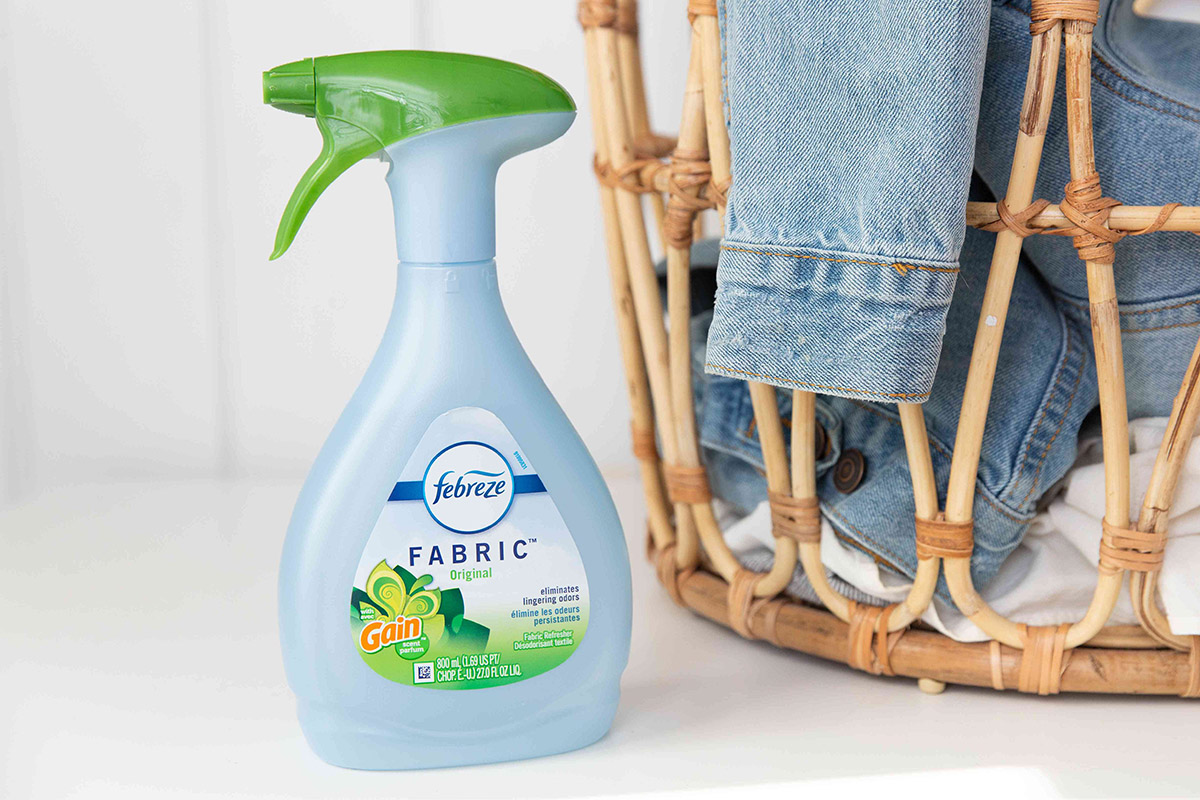

Air Quality & Filtration
What Is Fabric Freshener
Modified: January 23, 2024
Discover how fabric fresheners can improve air quality and filtration in your home. Learn about the benefits and best practices for using fabric fresheners.
(Many of the links in this article redirect to a specific reviewed product. Your purchase of these products through affiliate links helps to generate commission for Storables.com, at no extra cost. Learn more)
Introduction
Fabric fresheners, also known as fabric deodorizers or fabric refreshers, have become a staple in many households. These products are designed to eliminate odors from various fabrics, including clothing, upholstery, curtains, and linens. Unlike traditional air fresheners that simply mask odors, fabric fresheners work by neutralizing and removing unpleasant smells, leaving fabrics smelling fresh and clean.
The demand for fabric fresheners has surged in recent years as people become more conscious of maintaining a clean and pleasant living environment. Whether it's eliminating cooking odors from kitchen curtains, refreshing musty-smelling upholstery, or simply giving clothing a quick pick-me-up between washes, fabric fresheners have proven to be indispensable.
In this article, we will delve into the intricacies of fabric fresheners, exploring how they work, the different types available, their benefits, proper usage, and essential precautions. By the end, you will have a comprehensive understanding of fabric fresheners and how to make the most of these versatile products in your daily life. Let's embark on a journey to discover the wonders of fabric fresheners and how they can transform the way you care for your fabrics.
Key Takeaways:
- Fabric fresheners work by neutralizing and removing unpleasant smells from fabrics, unlike traditional air fresheners that simply mask odors. They also incorporate antimicrobial agents for long-lasting freshness and contribute to a healthier indoor environment.
- Fabric fresheners come in various types, including aerosol sprays, liquid formulations, natural and eco-friendly options, and fabric refresher sheets. They offer convenience, time-saving, and versatility, catering to specific fabric care needs and personal preferences.
Read more: How To Make Your Own Fabric Freshener
How Fabric Freshener Works
Fabric fresheners work through a process of odor neutralization and encapsulation. When sprayed onto fabric surfaces, the active ingredients in fabric fresheners interact with the malodorous molecules, altering their chemical structure to eliminate the unpleasant smell. This mechanism differs from traditional air fresheners, which often mask odors with strong fragrances rather than addressing the root cause.
The active ingredients in fabric fresheners typically include compounds that bind to and neutralize odorous molecules, effectively rendering them odorless. Additionally, many fabric fresheners contain encapsulation agents that form a protective barrier around the malodorous molecules, preventing them from being released into the air and causing further unpleasant smells.
Furthermore, some fabric fresheners incorporate antimicrobial agents that help to inhibit the growth of odor-causing bacteria and fungi on fabric surfaces. By targeting the source of the odor at a microbial level, these fabric fresheners provide long-lasting freshness and contribute to a healthier indoor environment.
It’s important to note that fabric fresheners are formulated to be gentle on fabrics, ensuring that they do not cause discoloration, staining, or damage. This makes them suitable for use on a wide range of materials, including delicate fabrics that require special care.
By understanding the science behind fabric fresheners, consumers can make informed choices when selecting products that best suit their needs. Whether it’s eliminating pet odors from bedding, refreshing upholstery, or simply maintaining the freshness of clothing between washes, fabric fresheners offer a versatile and effective solution for combating unwanted odors.
Types of Fabric Fresheners
Fabric fresheners come in various formulations, each tailored to address specific odor-related challenges and fabric care needs. Understanding the different types of fabric fresheners can help consumers choose the most suitable product for their requirements. Here are some common types of fabric fresheners:
Aerosol Spray Fabric Fresheners
Aerosol spray fabric fresheners are popular for their convenience and ease of application. These products utilize a pressurized container to disperse a fine mist of the active formula onto fabric surfaces. They are effective for quickly freshening up clothing, upholstery, and other fabric items. Many aerosol spray fabric fresheners are available in a range of fragrances, allowing users to customize the scent to their preference.
Liquid Fabric Fresheners
Liquid fabric fresheners, often sold in spray bottles, offer a versatile and targeted approach to eliminating odors. They can be applied directly to specific areas of fabric, making them ideal for spot treatments on clothing or upholstery. Some liquid fabric fresheners are designed to be added to laundry during the washing process, imparting a long-lasting freshness to freshly washed items.
Read more: What Is Awning Fabric
Fabric Refresher Sprays
Fabric refresher sprays are designed to neutralize odors and freshen fabrics without the need for washing. They are particularly useful for refreshing items that are difficult to launder, such as curtains, decorative pillows, and furniture upholstery. Fabric refresher sprays are available in a variety of scents and are formulated to dry quickly without leaving residue on fabric surfaces.
Natural and Eco-Friendly Fabric Fresheners
With a growing emphasis on sustainability and eco-conscious living, natural and eco-friendly fabric fresheners have gained popularity. These products are formulated using plant-based ingredients and essential oils, offering a more environmentally friendly alternative to traditional fabric fresheners. Natural fabric fresheners are often free from synthetic fragrances and harsh chemicals, making them suitable for individuals with sensitivities or those seeking greener household solutions.
Fabric Freshener Sheets
Fabric freshener sheets are designed for use in dryers to impart a pleasant fragrance to laundry during the drying cycle. These sheets also help reduce static cling and wrinkles while adding a subtle, long-lasting freshness to clothing, linens, and other fabric items.
By understanding the characteristics and applications of different types of fabric fresheners, consumers can make informed choices based on their specific fabric care needs and personal preferences.
Benefits of Using Fabric Freshener
Using fabric fresheners offers a multitude of benefits, making them a valuable addition to any household’s cleaning and laundry routine. Here are some key advantages of incorporating fabric fresheners into your fabric care regimen:
Read more: What Is Landscaping Fabric
Odor Elimination
Fabric fresheners effectively neutralize and eliminate odors from various fabrics, including clothing, upholstery, curtains, and bedding. Whether it’s the lingering scent of cooking, pet odors, or musty smells from stored clothing, fabric fresheners provide a quick and convenient solution to refresh fabrics and eliminate unwanted odors.
Convenience and Time-Saving
With fabric fresheners, refreshing and deodorizing fabrics becomes a hassle-free task. Whether using aerosol sprays, liquid formulations, or fabric refresher sprays, these products offer a quick and efficient way to maintain the freshness of fabrics between washes. This convenience is particularly beneficial for items that are challenging to launder, such as upholstered furniture and decorative textiles.
Extended Wear for Clothing
Fabric fresheners allow clothing to be worn multiple times between washes, extending the time between laundering while keeping garments smelling clean and fresh. This not only saves time and energy on frequent washing but also helps preserve the quality and lifespan of clothing by reducing the frequency of wash cycles.
Revitalizing Upholstery and Linens
For upholstery, curtains, and linens that cannot be easily laundered, fabric fresheners provide a simple yet effective way to revitalize these items. By neutralizing odors and imparting a fresh scent, fabric fresheners help maintain a clean and inviting environment in the home.
Read more: What Is Home Decor Fabric
Enhanced Indoor Air Quality
By eliminating odors at the source, fabric fresheners contribute to improved indoor air quality. Rather than masking odors with heavy fragrances, fabric fresheners neutralize malodorous molecules, resulting in a fresher and more pleasant living space.
Versatility and Customization
With a wide range of formulations and scents available, fabric fresheners offer versatility and the ability to customize the fragrance experience. Whether you prefer light, floral scents or invigorating citrus aromas, there is a fabric freshener to suit every preference.
Overall, the benefits of using fabric fresheners extend beyond mere odor control, encompassing convenience, fabric care, and the creation of a more enjoyable and welcoming living environment.
How to Use Fabric Freshener
Using fabric freshener effectively involves understanding the appropriate application methods and best practices to achieve optimal results. Whether refreshing clothing, upholstery, or linens, the following guidelines can help you make the most of your fabric freshener:
Spot Testing
Prior to widespread application, it’s advisable to conduct a spot test on a small, inconspicuous area of the fabric to ensure compatibility and to check for any adverse reactions. This is particularly important for delicate or specialty fabrics.
Read more: What Fabric Drapes Well
Even Application
When using aerosol or spray fabric fresheners, ensure an even application by holding the container approximately 6-8 inches away from the fabric surface. Apply the product in sweeping motions, covering the entire area lightly and evenly. For liquid fabric fresheners, follow the manufacturer’s instructions for proper application.
Allowing for Drying Time
After applying the fabric freshener, allow the treated fabric to air dry thoroughly before using or returning to its intended use. This allows the active ingredients to effectively neutralize odors and ensures that the fabric is not damp or wet to the touch.
Targeted Application
For fabrics with localized odors or specific areas of concern, such as underarm odors on clothing, focus the application of fabric freshener on those areas. This targeted approach can help address odors effectively without over-saturating the fabric.
Using in the Laundry
When using fabric fresheners as part of the laundry process, follow the manufacturer’s guidelines for the recommended amount to add to the wash cycle. This can impart a fresh scent to freshly laundered items, extending the feeling of cleanliness and freshness.
Read more: What Is The Safest Air Freshener?
Refreshing Upholstery and Soft Furnishings
For upholstery and soft furnishings, lightly mist fabric freshener onto the surfaces, taking care not to oversaturate the fabric. Ensure adequate ventilation in the area to aid in the drying process and allow the scent to disperse evenly.
Storage and Care
Store fabric fresheners in a cool, dry place, away from direct sunlight and heat sources, to maintain their efficacy and shelf life. Always securely fasten the cap or lid after use to prevent evaporation or spills.
By following these guidelines, consumers can make the most of fabric fresheners, ensuring effective odor elimination and the preservation of fabric quality.
Precautions and Safety Measures
While fabric fresheners are valuable tools for maintaining fresh and clean fabrics, it’s important to observe certain precautions and safety measures to ensure their effective and safe use. Consider the following guidelines when using fabric fresheners:
Read and Follow Instructions
Always read and adhere to the manufacturer’s instructions and guidelines provided on the product packaging. This includes recommended usage, application methods, and any specific precautions or warnings.
Read more: What Is An Illegal Air Freshener
Test on a Small Area
Prior to widespread application, conduct a patch test on a small, inconspicuous area of the fabric to check for compatibility and any adverse reactions. This is especially crucial for delicate or specialty fabrics to avoid potential damage or discoloration.
Avoid Over-Saturation
When applying fabric fresheners, avoid over-saturating the fabric, as excessive application may lead to dampness or staining. Use a light and even application to achieve the desired odor-neutralizing effect without causing damage to the fabric.
Keep Out of Reach of Children and Pets
Store fabric fresheners in a secure location out of the reach of children and pets to prevent accidental ingestion or misuse. Additionally, avoid spraying fabric fresheners in areas where pets and children frequently reside to minimize their exposure to the product.
Proper Ventilation
When using fabric fresheners, ensure adequate ventilation in the application area to facilitate the drying process and to disperse the scent evenly. This is particularly important for aerosol and spray fabric fresheners to prevent the inhalation of concentrated fumes.
Read more: What Fabric To Use For Curtains
Avoid Direct Contact with Eyes and Skin
Avoid direct contact with the eyes and skin when applying fabric fresheners. In case of accidental contact, rinse the affected area thoroughly with water. If irritation persists, seek medical attention.
Flammability
Be mindful of the flammability of aerosol fabric fresheners and refrain from using them near open flames, heat sources, or ignition points. Store fabric fresheners away from sources of heat and flame to prevent the risk of fire.
Sensitivity and Allergies
Individuals with known sensitivities or allergies to fragrances and certain chemical compounds should exercise caution when using fabric fresheners. Consider opting for fragrance-free or hypoallergenic formulations to minimize the risk of adverse reactions.
By observing these precautions and safety measures, consumers can use fabric fresheners confidently and responsibly, ensuring a positive and safe experience while maintaining fresh and clean fabrics.
Conclusion
Fabric fresheners play a vital role in enhancing the cleanliness, freshness, and overall appeal of various fabrics in our daily lives. From eliminating odors to extending the wear of clothing and revitalizing upholstery, these versatile products offer a multitude of benefits that cater to the diverse fabric care needs of households. By understanding the mechanisms behind fabric fresheners, the different types available, and the best practices for usage, consumers can harness the full potential of these products to maintain a clean and inviting living environment.
With a wide array of fabric fresheners on the market, ranging from aerosol sprays to natural formulations, individuals have the flexibility to select products that align with their preferences, fabric types, and environmental considerations. The convenience and time-saving aspects of fabric fresheners make them indispensable for refreshing fabrics between washes, particularly for items that are challenging to launder, such as curtains, upholstery, and decorative textiles.
As with any household product, it’s essential to observe precautions and safety measures when using fabric fresheners to ensure their effective and responsible application. By following manufacturer guidelines, conducting patch tests, and maintaining proper ventilation during use, consumers can enjoy the benefits of fabric fresheners while prioritizing safety and well-being.
Ultimately, fabric fresheners contribute to a healthier and more pleasant indoor environment by enhancing indoor air quality, extending the freshness of fabrics, and simplifying the upkeep of clothing and household textiles. By incorporating fabric fresheners into their fabric care routines, individuals can elevate the cleanliness and comfort of their living spaces, creating an environment that is both inviting and enjoyable.
Embracing the wonders of fabric fresheners empowers individuals to take proactive steps in fabric care, ensuring that fabrics not only look their best but also exude a delightful freshness that enhances the overall ambiance of the home. From aerosol sprays to eco-friendly formulations, fabric fresheners offer a spectrum of options to cater to diverse preferences, fabric types, and lifestyle choices, making them an indispensable ally in the pursuit of clean, fresh, and inviting living spaces.
Frequently Asked Questions about What Is Fabric Freshener
Was this page helpful?
At Storables.com, we guarantee accurate and reliable information. Our content, validated by Expert Board Contributors, is crafted following stringent Editorial Policies. We're committed to providing you with well-researched, expert-backed insights for all your informational needs.
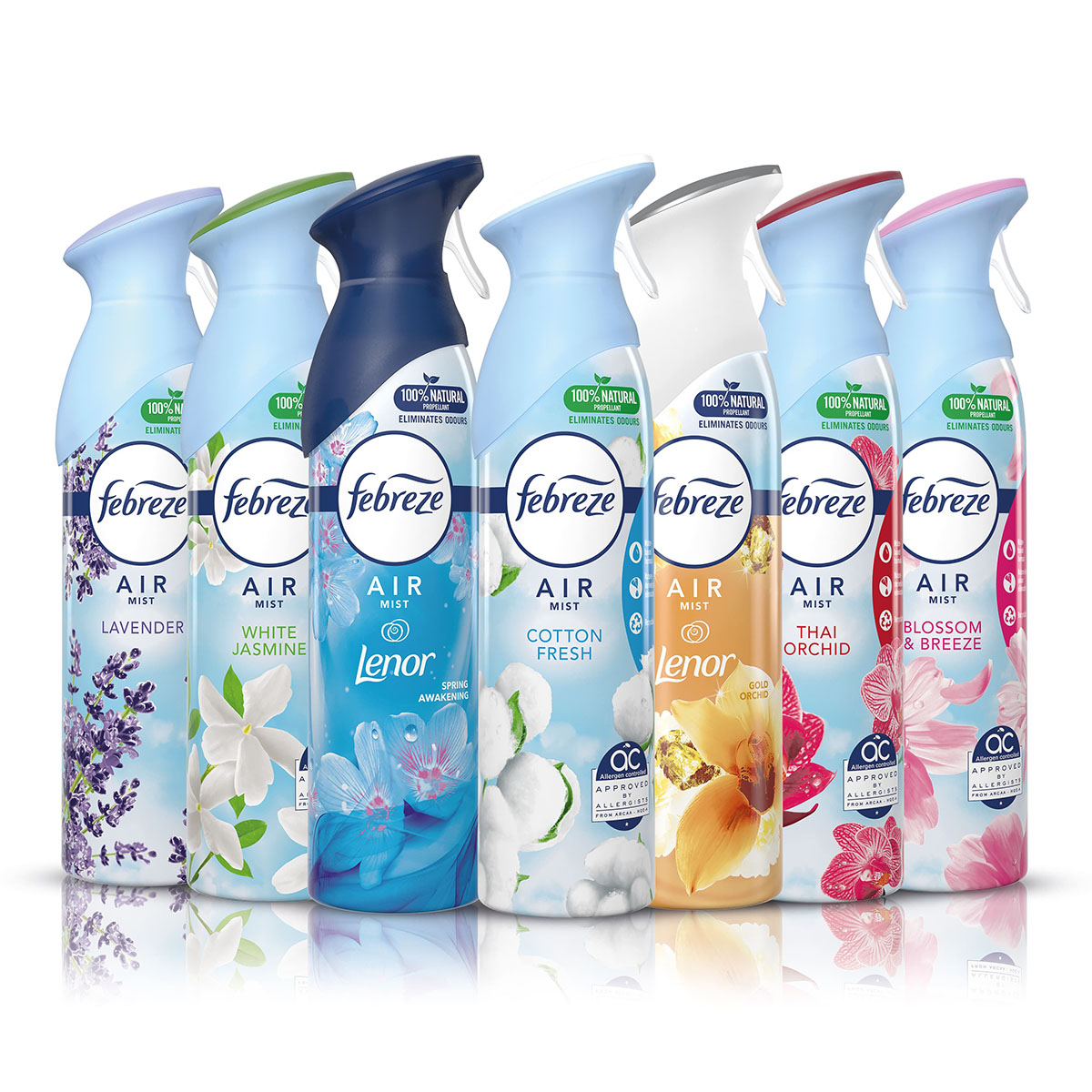

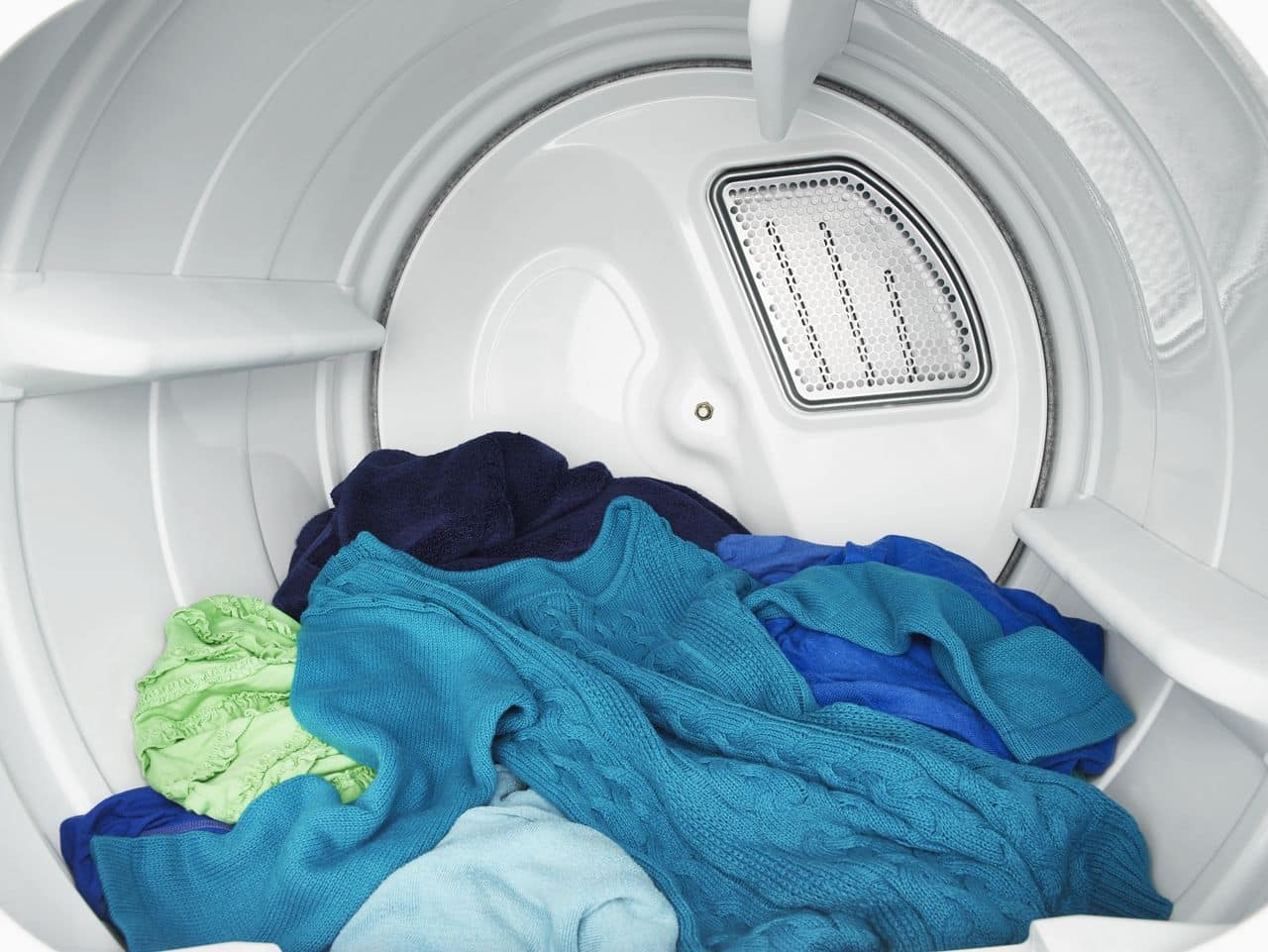
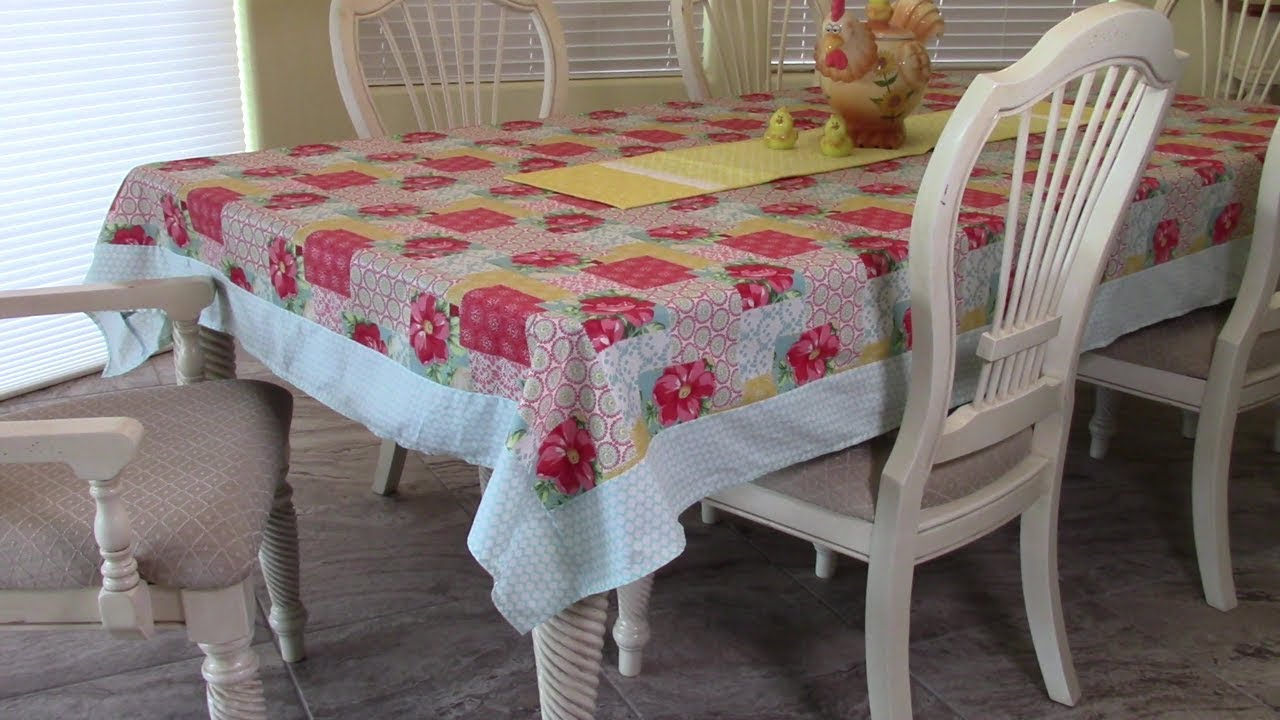
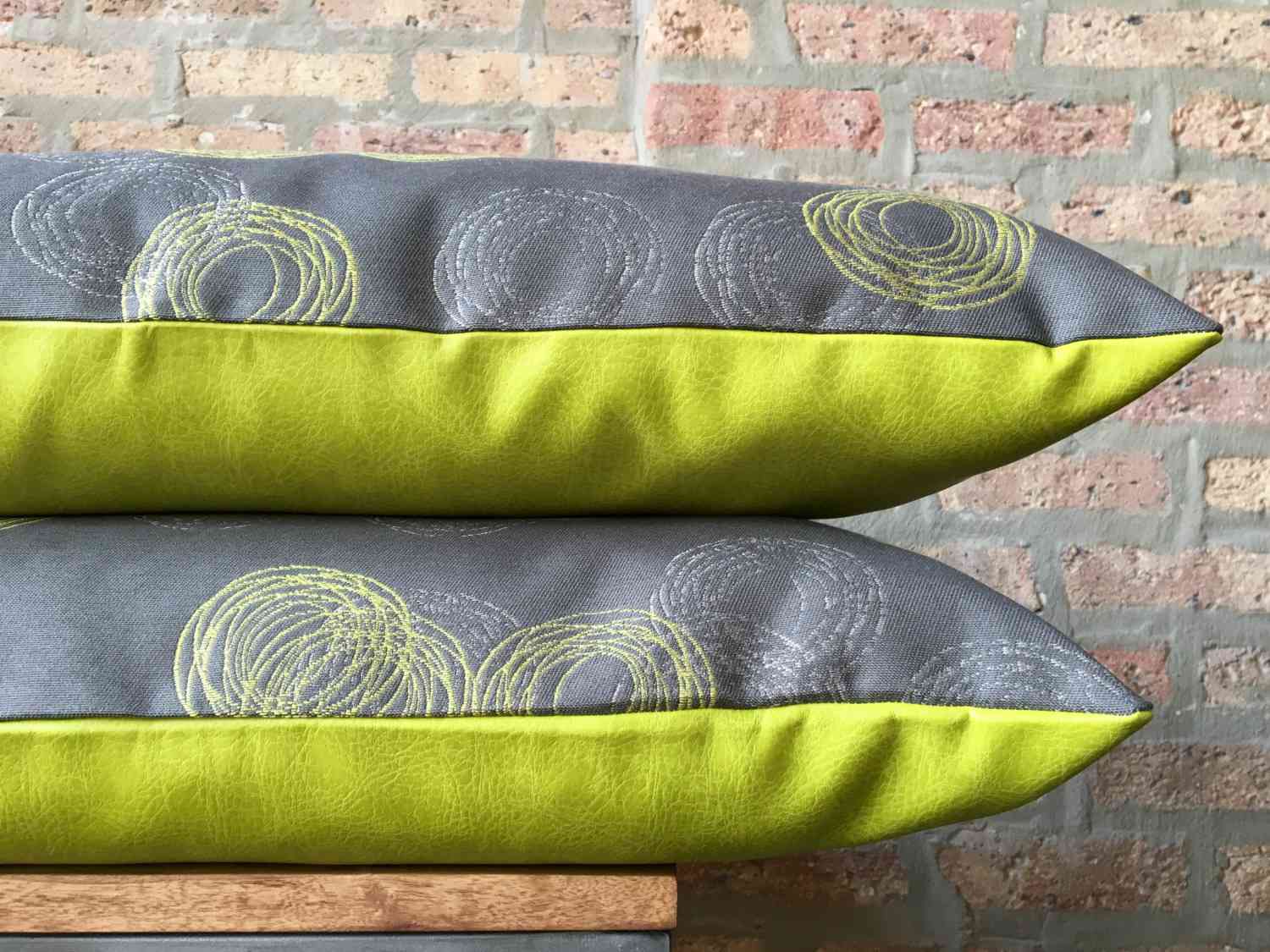
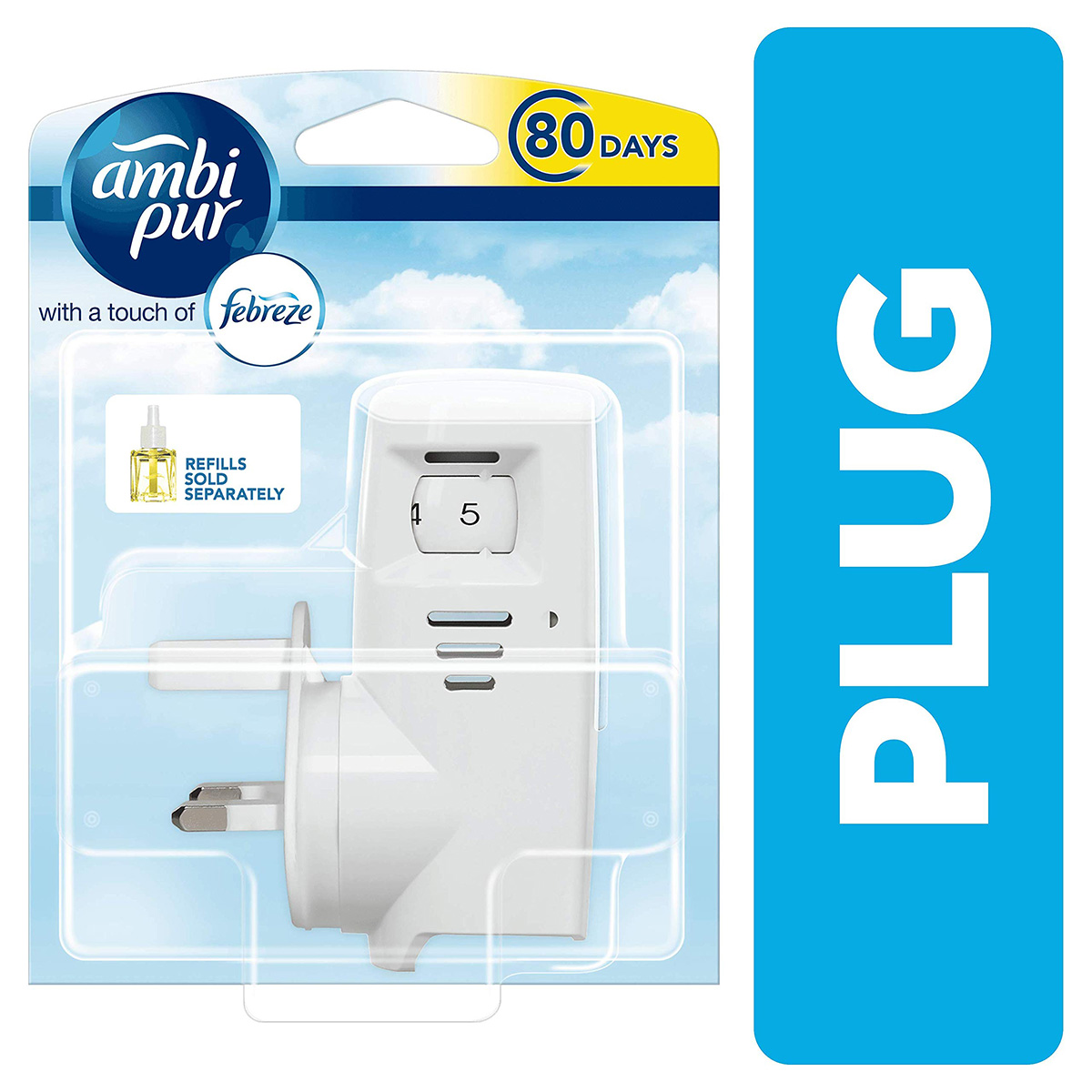
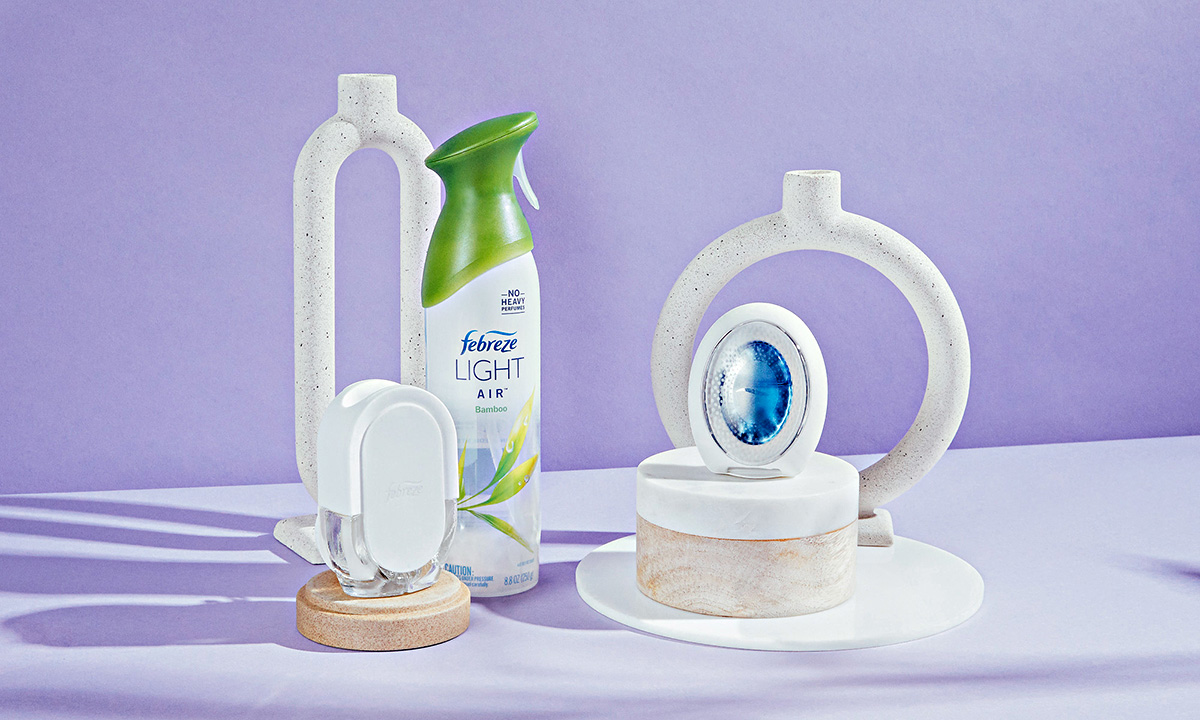
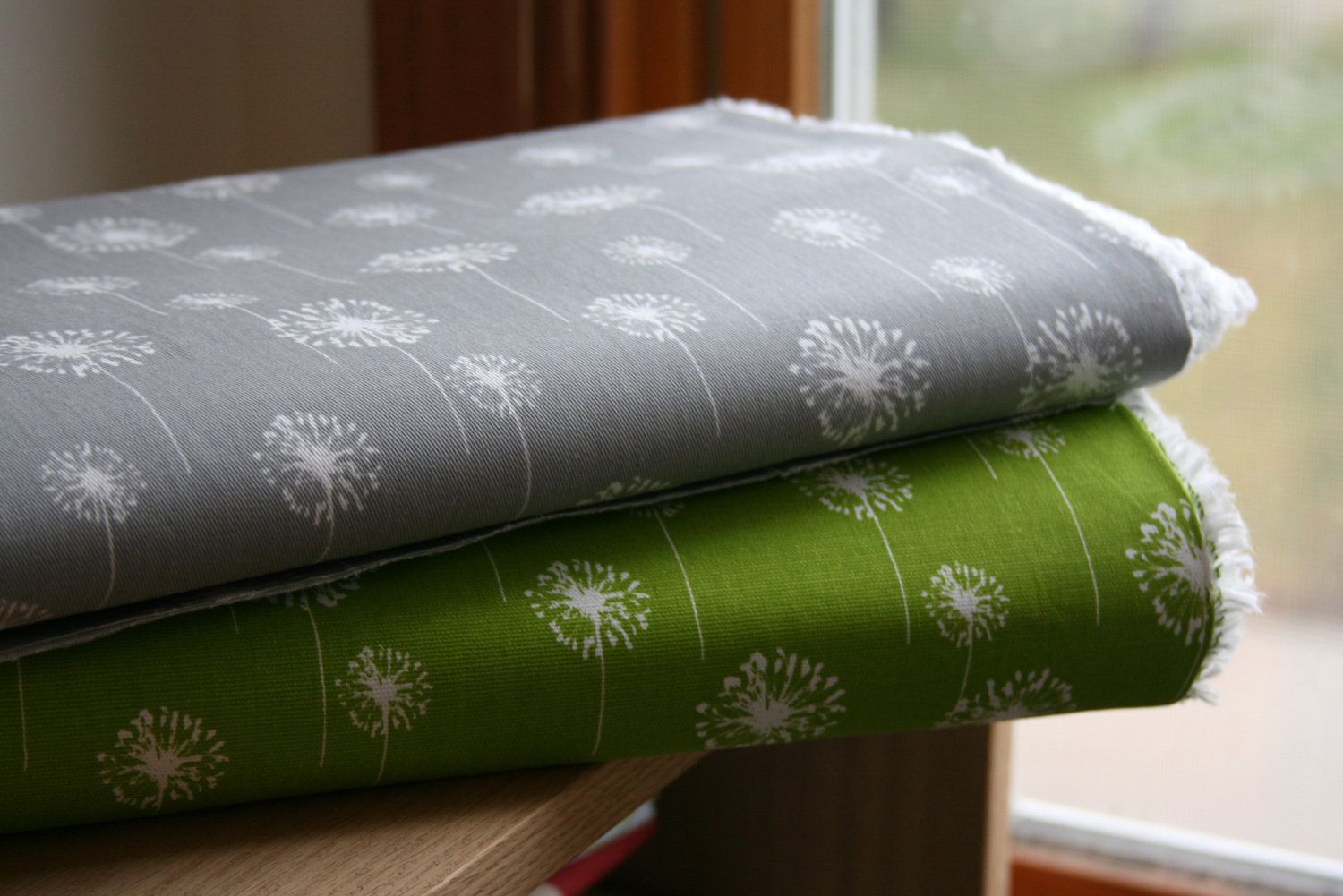

0 thoughts on “What Is Fabric Freshener”